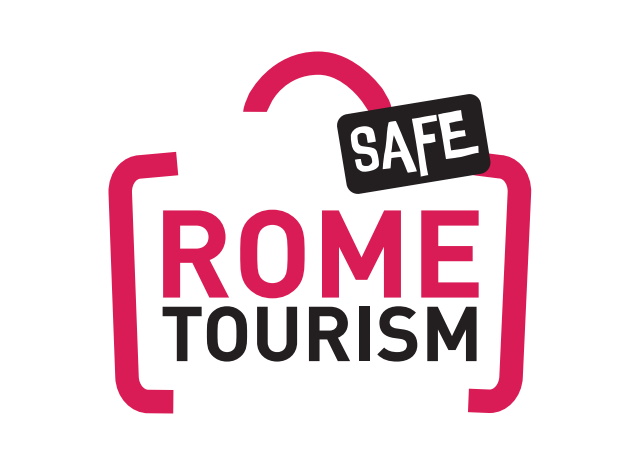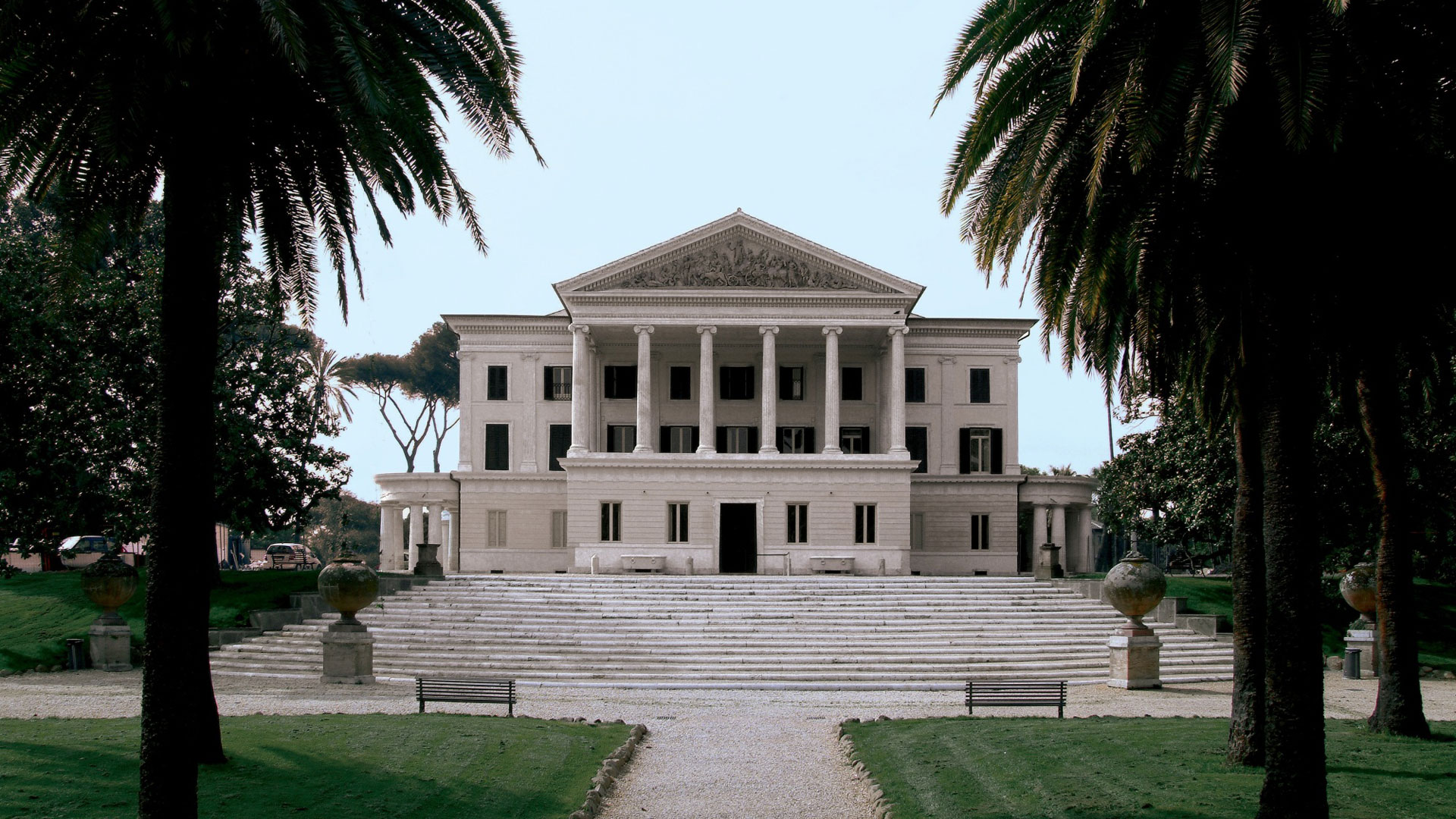
Located along Via Nomentana, Villa Torlonia still preserves its particular charm thanks to the original English- style garden and to the many buildings and artistic furnishings scattered throughout the park. Originally, a Pamphiljs agricultural property, at the end of the 18th century, it was purchased by the banker Giovanni Torlonia, who commissioned Giuseppe Valadier to transform the rural estate into his own residence.
In 1832, Giovanni Torlonia’s heir Alessandro decided to continue the work of embellishment by constructing other buildings and landscaping the gardens according to a Romantic style. After a long period of abandonment, the villa became the residence of the Mussolini family in the 1920s. It was finally acquired by the Municipality of Rome and turned into a public park in 1978.
The museums of Villa Torlonia include:
The Casino Nobile, whose aspect is the result of the work of Giuseppe Valadier (1802), Giovan Battista Caretti (1835-40) who added the pronaos to the facade, and the many artists who worked on the interior decoration, including Podesti, Coghetti and Thorvaldsen.
When the Villa was rented to Benito Mussolini from 1925 to 1943, a gas shelter and air-raid bunker were built in the basement, today visible by reservation.
Original rooms, with sculptures and furnishings of the time, can be admired on the two main floors.
On the second floor is the Museum of the Roman School hosting paintings, sculptures, and drawings by the artists of this school.
The nearby Casino dei Principi, where the Roman School Archives, rich in documents, can be consulted, and which periodically hosts temporary exhibitions.
The Casina delle Civette (House of the Owls), designed in 1839 by architect Giuseppe Jappelli as a Swiss hut, that was transformed into an eclectic small villa in the early 20th century. Its name is linked to the decorative elements inspired by the owl theme. The numerous polychrome stained-glass windows were mostly made in Cesare Picchiarini's workshop between 1910 and 1925.
The Complex of the Serra Moresca, designed around 1839 by Giuseppe Jappelli, whose architecture is inspired by the Alhambra in Granada, consisting of the Serra - a magnificent garden pavilion - the imposing Tower for the prince's most exclusive meetings and the remains of the artificial grotto, scenographically illuminated, embellished with small waterfalls and ponds with water lilies, oxygenating plants and lotus flowers.
The Theatre of Villa Torlonia, opened in 2013 after a long restoration, now hosting a show programme, worth a visit to appreciate the extraordinary decorative apparatus composed of frescoes, mosaics, statues and paintings.
Musei di Villa Torlonia - Casino Nobile
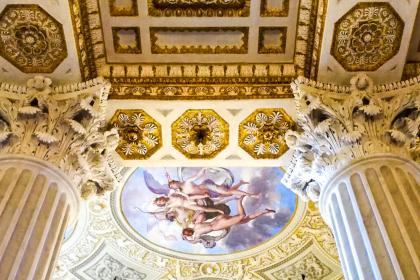
 Condividi
Condividi
Casina delle Civette (The House of Owls)
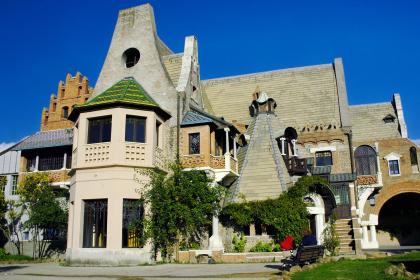
 Condividi
Condividi
Museums of Villa Torlonia - Casino dei Principi
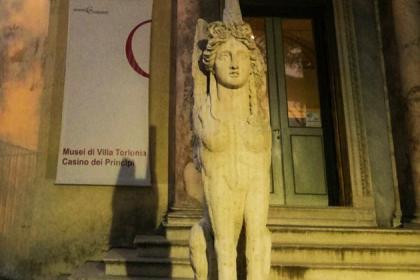
 Condividi
Condividi
Musei di Villa Torlonia - The Complex of the Serra Moresca
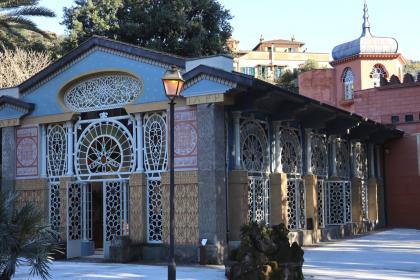
 Condividi
Condividi
Information
24 and 31 December 9.00-14.00Last admission 1 hour before closing timeFor updates and guidelines please check the official websiteBefore planning the visit, CONSULT THE NOTICES
 Condividi
Condividi
Location
To find out about all accessibility services, visit the Rome accessible section.












































